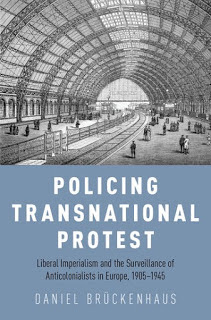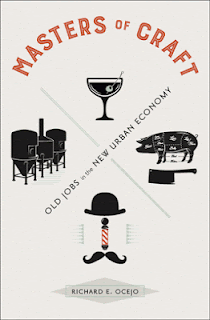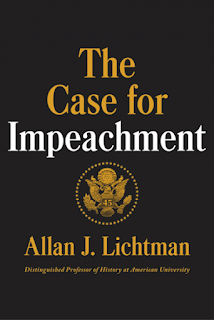 Baby Plays Around: A Love Affair, with Music. Her essays have appeared in several anthologies, most recently, Drinking Diaries: Women Serve Their Stories Straight Up. Stapinski has also written extensively for The New York Times, for Travel & Leisure, Food & Wine, Salon, Real Simple, New York magazine and dozens of other newspapers, magazines and blogs. She’s been featured on NPR’s All Things Considered, The Today Show and as a performer with The Moth main stage.
Baby Plays Around: A Love Affair, with Music. Her essays have appeared in several anthologies, most recently, Drinking Diaries: Women Serve Their Stories Straight Up. Stapinski has also written extensively for The New York Times, for Travel & Leisure, Food & Wine, Salon, Real Simple, New York magazine and dozens of other newspapers, magazines and blogs. She’s been featured on NPR’s All Things Considered, The Today Show and as a performer with The Moth main stage.Stapinski applied the “Page 99 Test” to her new book, Murder In Matera: A True Story of Passion, Family, and Forgiveness in Southern Italy, and reported the following:
Page 99 is a turning point in the book. After ten years, I finally decide to return to Southern Italy and take another stab at finding the family murder, the first crime we know of from the 1800s. I had gone ten years earlier, but couldn't find the story, primarily because I had my four year old and one year old with me. Doing serious research with small children is impossible. Once the children were grown, I decided to go back. Alone. For a month. And this passage describes everything I had to do to prepare for re-entry.Visit Helene Stapinski's website.
The page starts mid sentence. As if getting ready to give birth, for the next eight months "...I prepped and researched and hunkered down for the blessed event." This is a perfect line to hit on, since much of the book deals with motherhood and genetics: Whether or not crime is passed down through genes (my family has a long history of crime). What a mother will do to protect her children and escape a place like Bernalda (like my great great grandmother, Vita did after the murder). Even the name of the book (and the province in which it takes place) is derived from the word Mater -- which means mother.
The page ends with me telling my mother I'm going back to Southern Italy. "I could hear the disapproval and worry in her voice. What kind of Italian mother left her kids behind for a month? Now I was slightly sickened by the thought. I didn't eat on the day of my departure, though the refrigerator and freezer were crammed..."
Whenever I leave home, whether it's for a weekend or several weeks, I feel compelled to cook large vats of sauce and meatballs, bake lasagnas and freeze stews, soups and various family favorites. My family makes fun of me, but whenever I come back home, everything is eaten. Everything.
Writers Read: Helene Stapinski.
My Book, The Movie: Murder In Matera.
--Marshal Zeringue






















